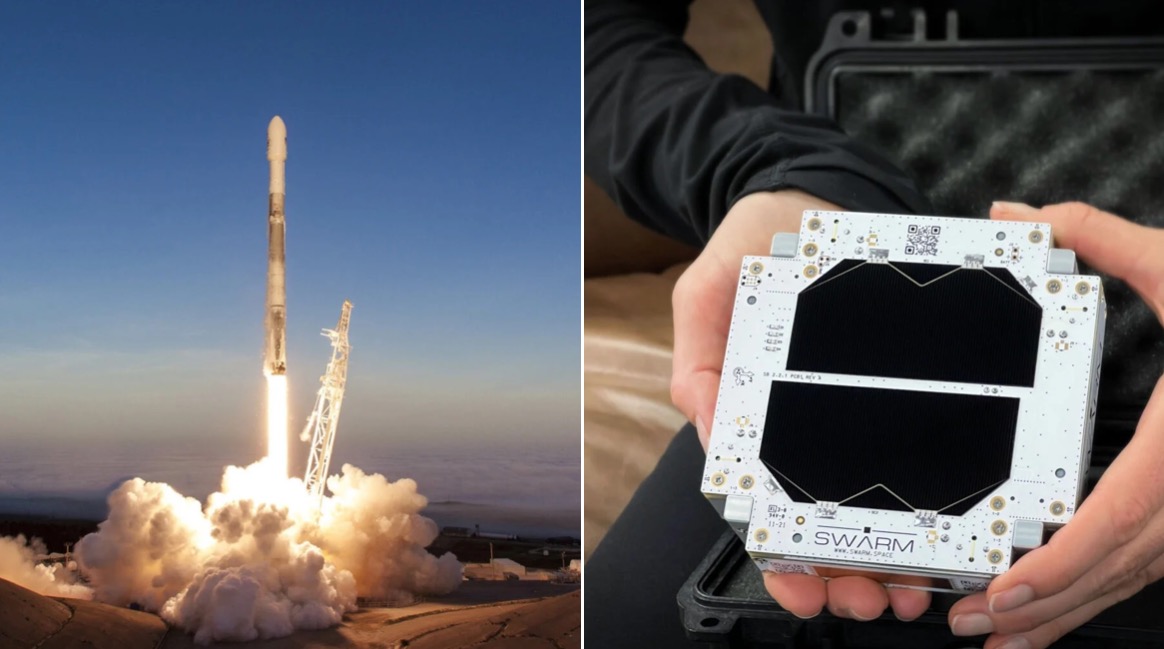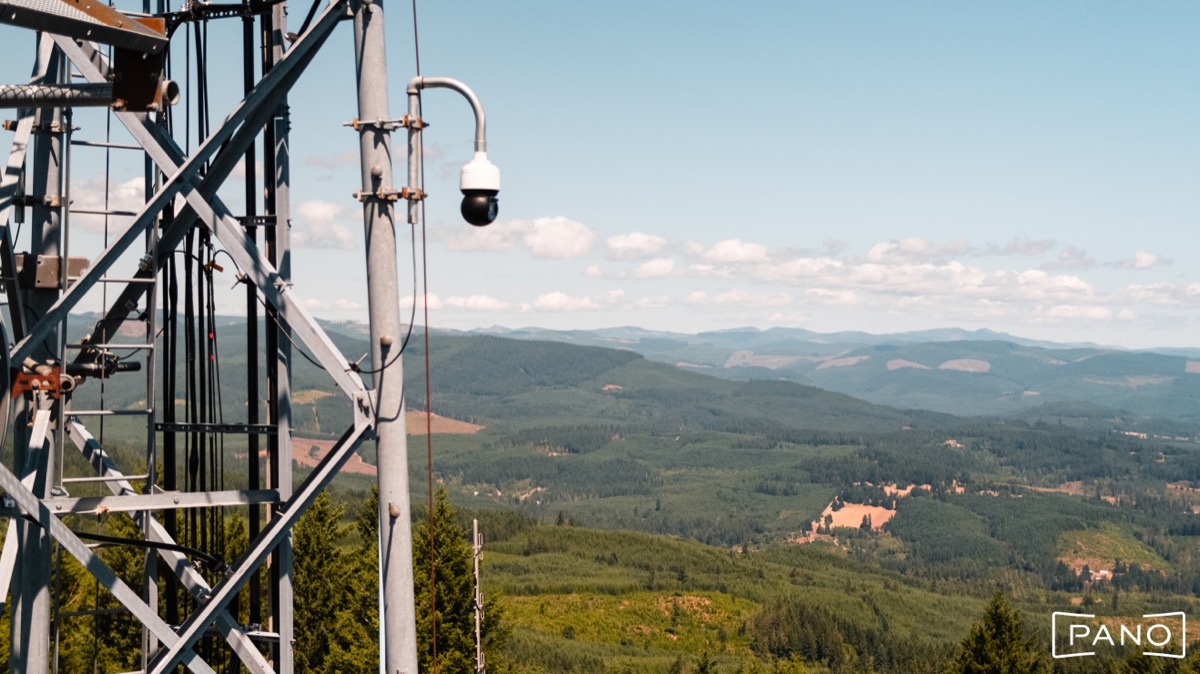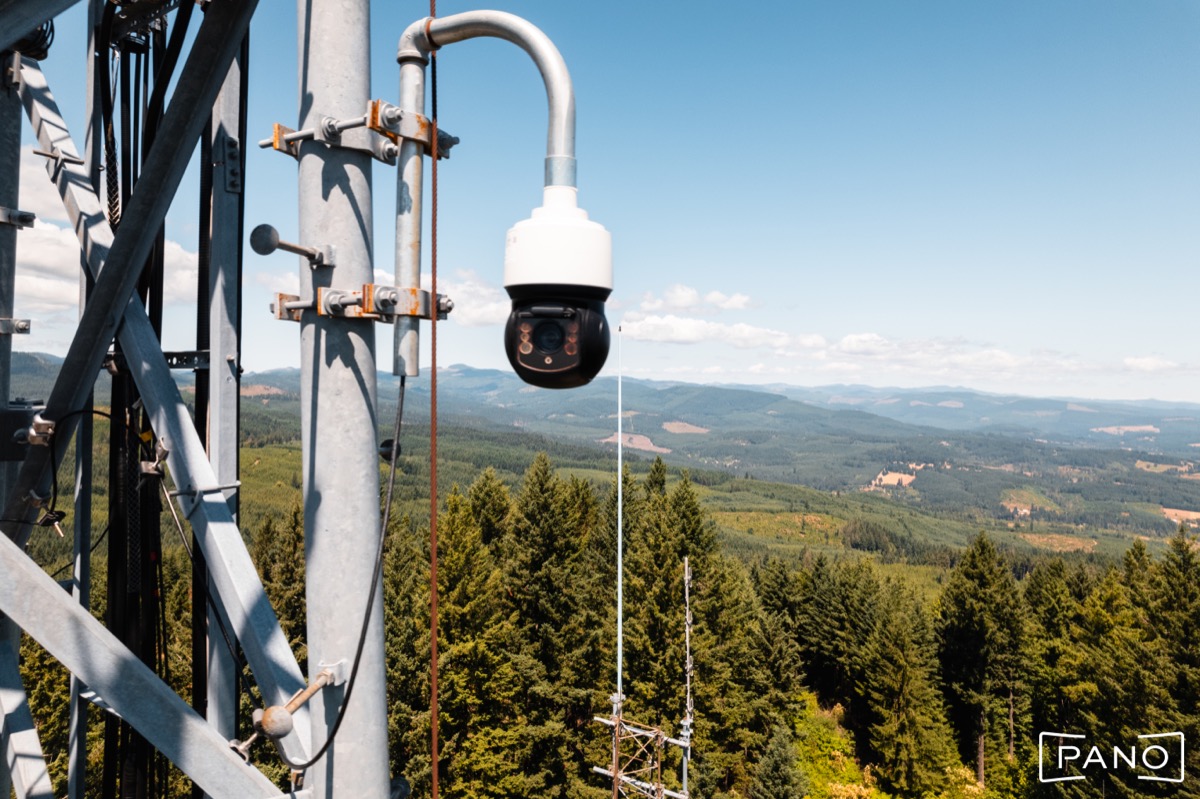
Rogers Partners with SpaceX for Advanced Wildfire Detection
Rogers has announced a significant investment in cutting-edge wildfire detection and prevention technology in British Columbia, leveraging its partnerships with SpaceX and other technology providers.
The company is integrating satellite-connected sensors using SpaceX’s low-bandwidth Swarm service to enhance wildfire prediction in remote areas of British Columbia that lack wireless network coverage.
Swarm, a subsidiary of SpaceX, offers satellite connectivity at a cost-effective rate of $5 USD per month, utilizing ultra-small satellites positioned in low Earth orbit. The company’s satellites provide comprehensive global coverage, allowing Internet of Things (IoT) devices to function affordably in any location on Earth.
These are the smallest operational satellites in space, at just 11 x 11 x 2.8 cm, one-quarter rack unit in size. The small size means it costs significantly less to launch versus traditional satellites. SpaceX acquired Swarm in the fall of 2021 and launched services for enterprise customers last November.
Additionally, Rogers is deploying Pano AI cameras connected to the Rogers 5G network, capable of detecting smoke within a 20-kilometre range. These cameras will be strategically placed on wireless towers near Fort St. James, Smithers, and Chetwynd.
Here are some example images of what these Pano AI cameras look like on a station in Oregon state:
“Climate change is a global issue that requires urgent action. We are proud to put our national network and technology partnerships to work to better detect fires and support Canadian first responders,” said Tony Staffieri, President and CEO of Rogers, in a statement to iPhone in Canada.
The initiative also involves a collaboration with the University of British Columbia (UBC) and BC Wildfire Service (BCWS) for ongoing 5G research to monitor key wildfire indicators. Real-time data from the new sensors and cameras will be shared with BCWS and UBC, enhancing wildfire detection and management.
“Early detection of wildfires is critical. With the reach of Rogers 5G network, we can deploy our AI-powered cameras to detect new fire ignitions within minutes in some of the most remote parts of British Columbia,” stated Sonia Kastner, CEO of Pano AI.
The company is further supporting first responders by donating satellite phones to the British Columbia Search and Rescue Association. “The donation of satellite phones will have a direct positive impact on the safety of our 3,400 professional search and rescue members,” said Dwight Yochim, Chief Executive Officer of BC Search and Rescue Association.
This development builds upon Rogers’ existing work with SpaceX and Lynk to extend satellite-to-phone coverage in remote parts of Canada. As the impacts of climate change intensify, Rogers says it is expanding its efforts to assist Canadians, first responders, and governments in emergency preparedness and recovery.




